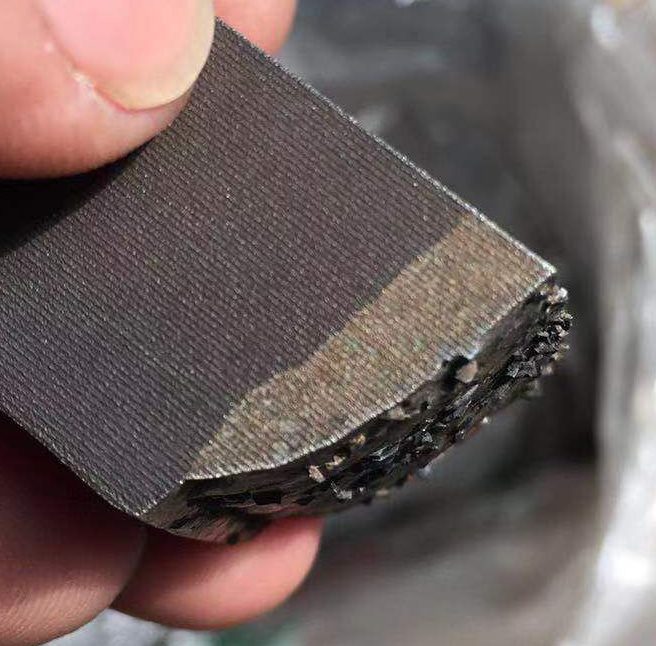Chapter 1: Introduction
Lightweight alloy materials are important materials in today's industrial field. Due to their low density and high strength, they are widely used in aerospace, automobile manufacturing, electronics and other fields. In order to further improve the performance of lightweight alloy materials, it is crucial to study the relationship between their structure and properties. This article will explore the structural characteristics of lightweight alloy materials and how they affect their mechanical, thermal and corrosion resistance properties.
Chapter 2: Structural Characteristics of Lightweight Alloy Materials
Lightweight alloy materials are mainly alloys composed of two or more metal elements, and common ones include aluminum alloys, magnesium alloys, and titanium alloys. These alloys have certain common characteristics in structure. Aluminum alloys have a typical face-centered cubic crystal structure, magnesium alloys usually have a hexagonal closest-packed structure, and titanium alloys are derived from a layered structure. These structural characteristics determine important properties such as crystal morphology, grain boundaries and dislocation structures of lightweight alloy materials.

Chapter 3: Mechanical properties of lightweight alloy materials
Lightweight alloy materials are widely used in structural parts and components in the aerospace and automotive industries, so their mechanical properties are the focus of research. Research shows that the tensile strength, yield strength and hardness of lightweight alloy materials are affected by their structural characteristics. For example, the refinement of grain size and the strengthening effect of grain boundaries can improve the strength and hardness of materials. In addition, dislocation structure and crystal defects are also important factors affecting the mechanical properties of lightweight alloy materials.
Chapter 4: Thermal Properties of Lightweight Alloy Materials
The thermal properties of lightweight alloy materials in high and low temperature environments are of great significance to their applications. Research has found that the thermal expansion coefficient, thermal conductivity and heat capacity of lightweight alloy materials are closely related to their crystal structure, grain boundaries, crystal defects and other factors. For example, the influence of grain boundaries on thermoelectric properties can regulate the thermal conductivity of materials, thereby achieving thermal management of materials.
Chapter 5: Corrosion resistance of lightweight alloy materials
The corrosion resistance of lightweight alloy materials in humid and corrosive environments has a key impact on their applications in marine, aviation and other fields. Research has found that the corrosion resistance of lightweight alloy materials is related to factors such as its crystal structure, grain boundaries, dislocations and internal components. For example, the corrosion resistance of aluminum alloys can be improved by adding alloying elements, while magnesium alloys need to use surface coatings and other means to enhance their corrosion resistance.
Chapter Six: Methods and Progress in Research on Properties of Lightweight Alloy Materials
Research on the structure and properties of lightweight alloy materials requires the use of a series of advanced experimental and computational methods. For example, transmission electron microscopy, scanning electron microscopy, etc. can be used to observe the microstructural characteristics of materials; techniques such as X-ray diffraction and energy spectrum analysis can be used to analyze the phase composition and crystal structure of materials; methods such as molecular dynamics simulation and finite element analysis can Simulate the mechanical, thermal and corrosion resistance properties of materials.
in conclusion
Research on the structure and properties of lightweight alloy materials is the key to achieving performance optimization and application expansion. An in-depth understanding of the structural characteristics of lightweight alloy materials and exploration of their influencing mechanisms on mechanical, thermal and corrosion resistance will provide strong support for material design and engineering applications. Future research can also combine a variety of material characterization techniques and simulation methods to further study the microscopic mechanisms of lightweight alloy materials and promote their wide application in the industrial field.





